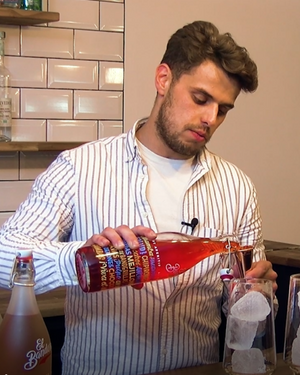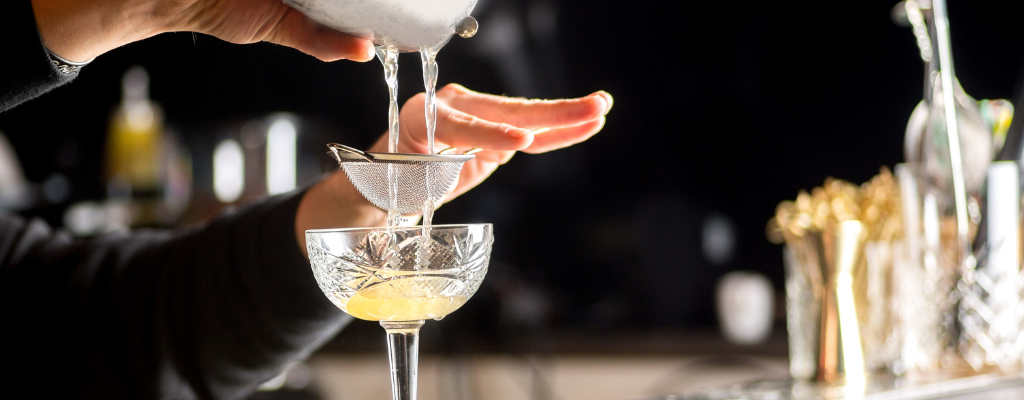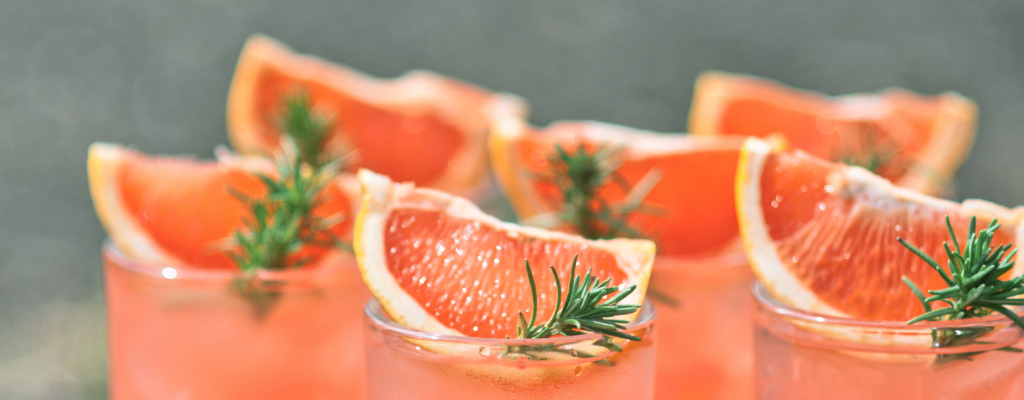Published on September 15, 2023.
Why are we talking about ABV? - Part 1
By Matt Searles
As consumers become more health-conscious and mindful of their drinking habits, the focus on ABV within drinks has increased significantly. In the UK, sales of low and no-alcohol drinks has surged by 30% in 2019 alone, reflecting a growing demand for healthier drinking options. This trend is particularly evident in London and the Southeast, where consumers are increasingly seeking out low- and no-alcohol options when they go out.
In response to this demand, businesses are exploring new sales opportunities by expanding their low and no(-alcohol) drinks offering. Some of the most innovative new products within this category include low-alcohol spirits that don’t just try to mimic the flavour of alcohol but take a more holistic view of the wider experience of traditions of drinks, but while offering significantly lower ABV. These innovative products are a great way for consumers to enjoy the taste and experience of their favourite cocktails, without the negative health impacts associated with high alcohol consumption. Taking a revised look at the drinking experience, where inebriation is not the primary aim has made way for a whole new wave of experience lead venues, promising activities as the draw to sustain amongst the changing zeitgeist the faces the hospitality industry.
Data from market research firm Kantar suggests that the demand for low and no-alcohol drinks is on the rise in the UK, with sales of these products increasing by 30% in 2019 alone, with January 2023 being the highest non-alcoholic spirit sales of any ‘Dry January’ campaign. This trend is likely to continue as more consumers become aware of the potential health risks associated with high alcohol consumption, such as liver disease, cancer, and mental health problems. According to data from the Wine and Spirit Trade Association, sales of spirits with an ABV of less than 20% grew by 12% in the UK in 2020 increasing year-on-year, while sales of spirits with an ABV of 20% or higher remained relatively flat. This reflects a growing preference among consumers, especially those within the newest drinking consumer base; Gen Zs, for lower ABV options, and presents a valuable sales opportunity for businesses that can cater to this trend. While age demographics as customer segmentation is increasingly showing to be flawed, with the year in which Gen Z and Millennials, often hotly contested and trends for each continually debunked – a study by Berenberg surveyed 6,000 young people between 16 and 22, showed that young people are already drinking 20% less alcohol on average 64% expecting to drink less as they grow older.
In response to this growing demand, many on-trade venues have begun to expand their low and no-alcohol offering. This not only provides consumers with more choice, but also presents a valuable sales opportunity for businesses that are now able to cater to changing consumption habits.
One of the first broadly accepted examples of a non-alcoholic spirit was Seedlip, a non-alcoholic spirit that was launched in 2015. Seedlip is made using a blend of botanicals and has become a popular alternative to traditional spirits in bars and restaurants across the UK. The concept has been initially received with variable response, often cited as a lack of differentiation from a Hydrosol, or more basically put – flavoured water. For quick context, go ahead and try to mix a drink with standard bottled flavoured water, and see how well those flavours come through – they don’t stand up all that well. While Hydrosols are not technically a flavoured water, but rather the steam by product from the distillation of material such as flowers, leaves, and herbs (I know… sounding strangely like a non-alcoholic spirit), it’s only those flavours that are able to be extracted by water that make it into the end product, becoming a Hydrosol. Peas, such as those used in the first Seedlip’s Garden 108 are typically a tricky flavour to extract simply just in water. Though with the use of alcohol as a solvent allows us to pull the flavour, simply requiring to then remove the alcohol back out, leaving all this flavour. THAT is trickiness that these non-alcoholic spirit brands are set to master.
Some better than others, but remains the question: How do we get quality of maximum flavour, stable and flexible for use without the necessity of alcohol?
Share this article
About the author

Matt Searles
Matt is DWUK’s own Spirit Expert with over 10 years of experience in the industry, ready to bring passion and flavour to the world of spirits. He is driven to diversify our customer offerings by further exploring flavour profiles and tasting notes. Matt also wants to educate our customers so they can be the best they can be with the right tools and a bit of fun!
Click here to receive the latest and greatest promotions, new products, competitions and so much more straight to your inbox.






